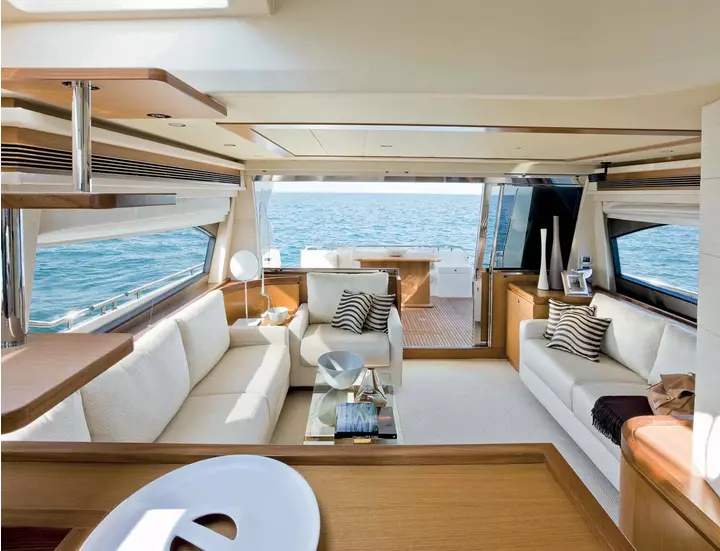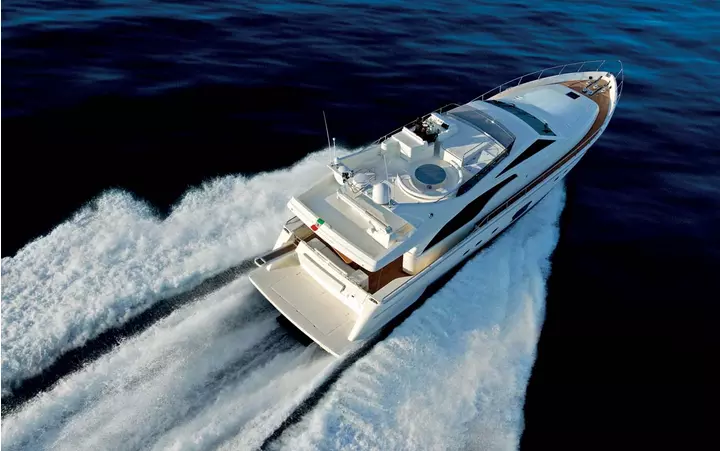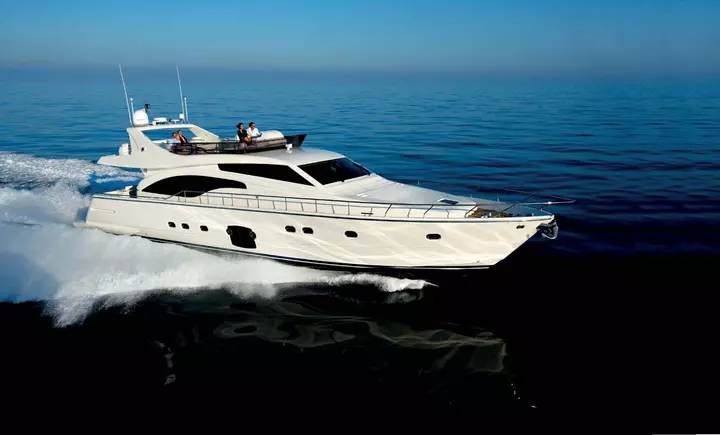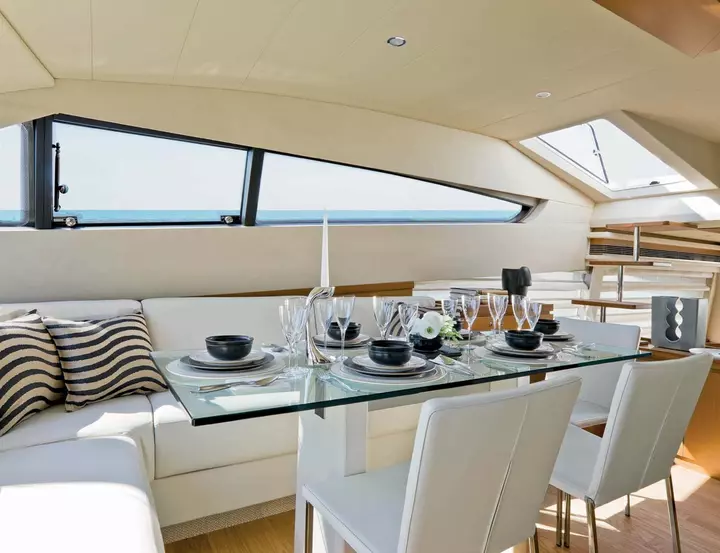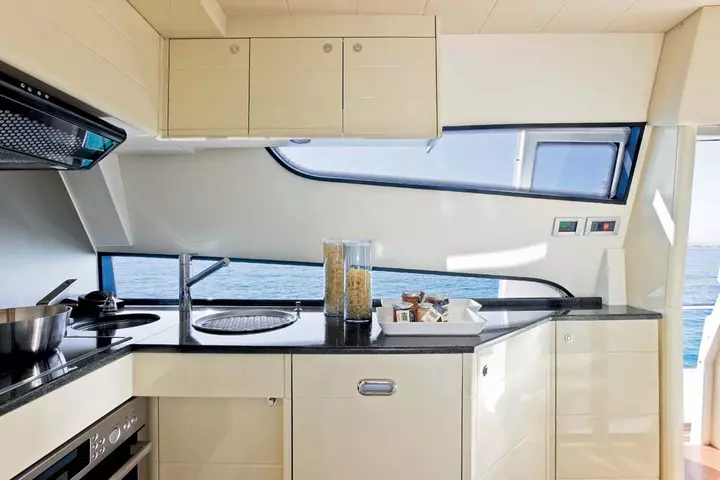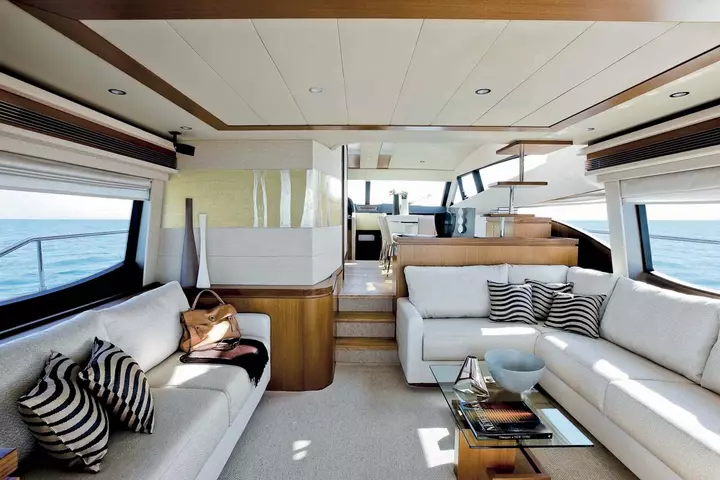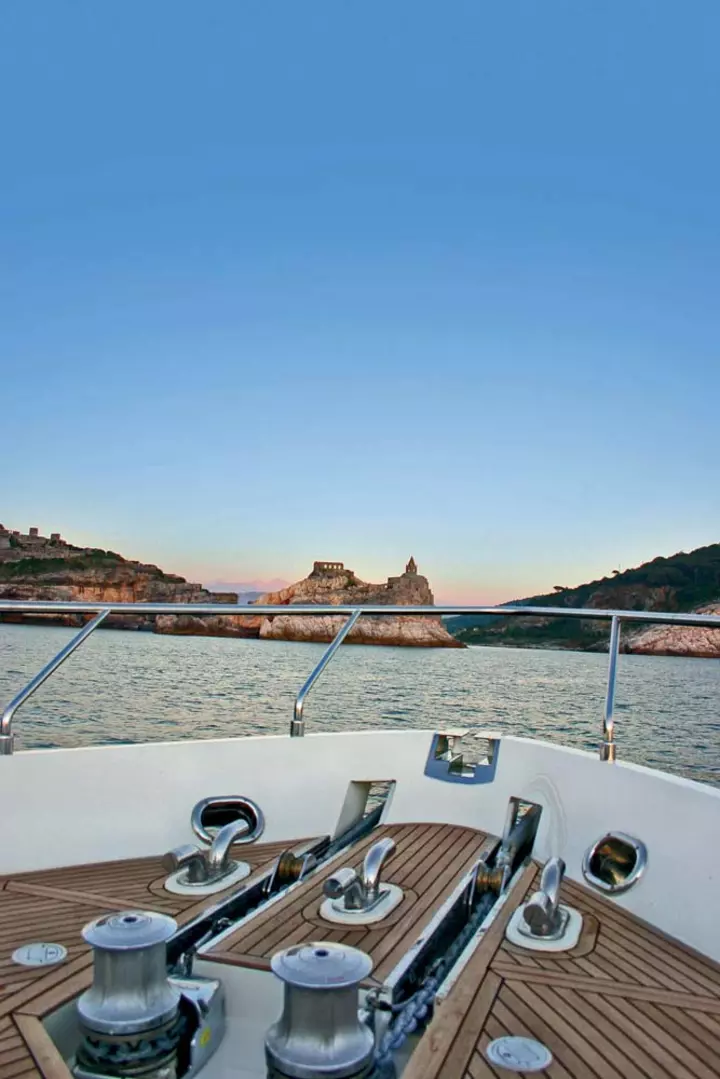Ferretti 681 Ferretti Yachts
Ferretti e Vimar
Cutting-edge technology, maximum attention to detail, passion for the sea: these are the winning elements of the same ambition always pursued by Ferretti, to offer exclusive boats which are at the same time on a human scale. This ambition of Ferretti Yachts was born in 1968 and in four decades it has conquered the world. It is symbolic of 'Made in Italy' and that is precisely why they chose Vimar as partners, to ensure maximum functionality without sacrificing aesthetics for all its valuable jewels of the sea.
Contrary to what you might think, yachts have a very detailed and complex electrical system: hundreds of predominately low voltage electrical functions are squeezed into a few square meters, which combine to ensure well-being and comfort in all the rooms. The required attention to detail is greater, therefore, to obtain a system that works perfectly even in reduced spaces and in non-residential structures. As with the Vimar philosophy for homes, even the Ferretti boats have to be lived and be liveable, a comfortable place designed to invite guests and at the same time operate in tune with the sea.
Safety, reliability, research, design and a wide range of solutions: these are the keys to the success of Vimar at sea. The Idea series offers the strong lines of the Classica plaque or the rounded shapes of the Rondo model, with buttons and controls either in charcoal grey or white. Idea is available in fifty different colours and quality materials for the plaques: solid wood, metal, bright polymer and silk.
The Ferretti 681 is 21 meters long with an external profile rendered aggressive through the lengthening of the deck windows towards the bow and the addition of the large open-view windows above the stateroom. Entering the living area gives the perception of being in a new boat, thanks to the special style that has redefined the lines of the furniture and sofas, and the use of teak wood which creates a cosy and comfortable atmosphere, like being in a house. Another jewel by Ferretti, between tradition and innovation.
Publicado el
